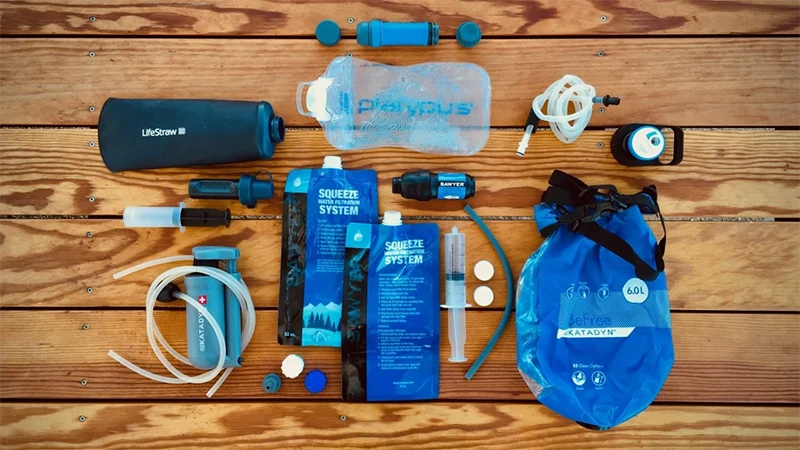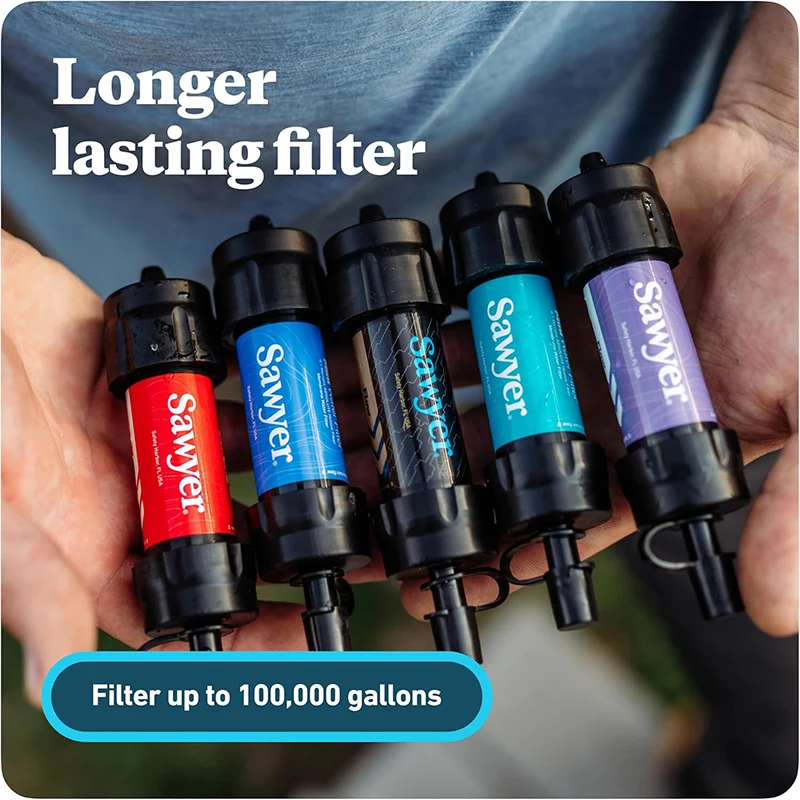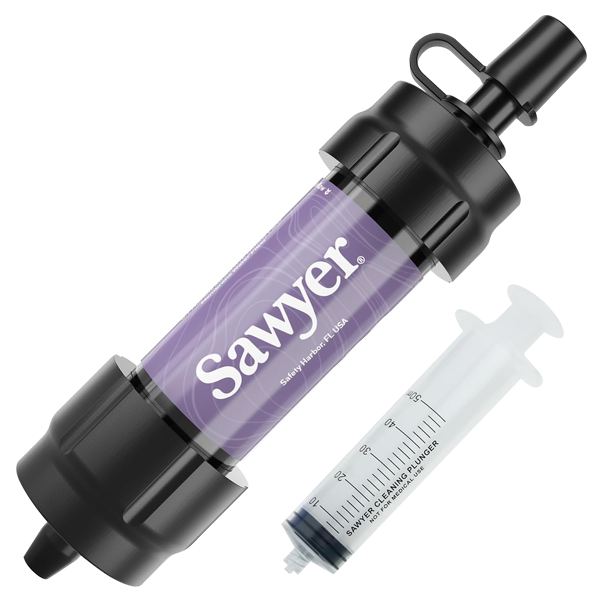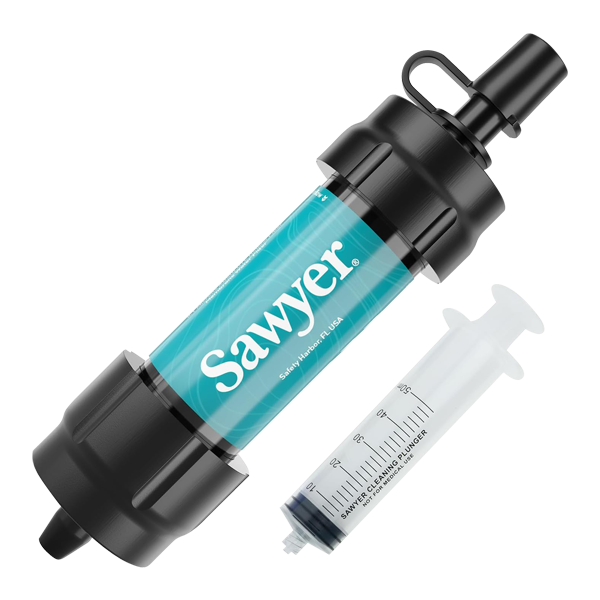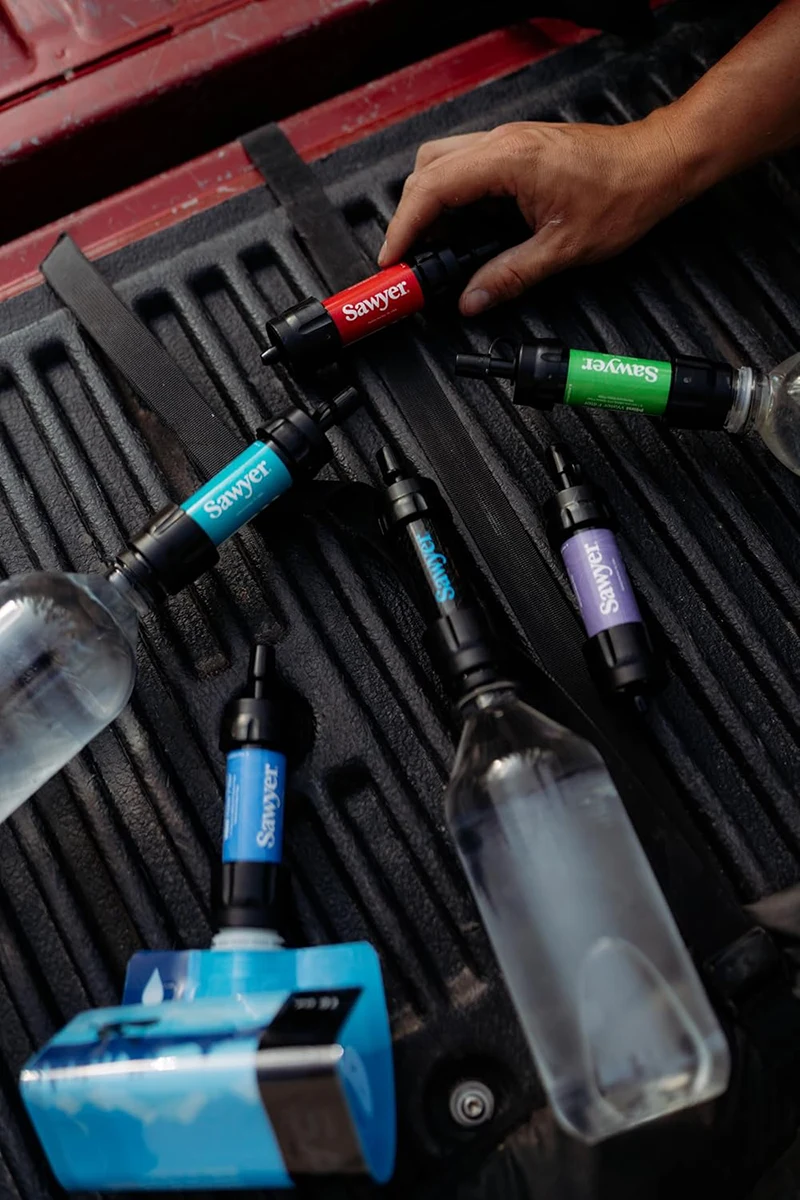

Several tickborne diseases on the rise in U.S.
Although cases of tickborne babesiosis have been diagnosed in the U.S. since 1966, this disease only became nationally notifiable in 2011. A report of the first five years of babesiosis surveillance from the Centers for Disease Control and Prevention (CDC) shows an alarming increase in incidence.
Babesia is a genus of intracellular parasites that infects red blood cells (RBCs) (see Figure 1A). Infection is similar in structure and pathogenesis to malaria-causing Plasmodium parasites. However, Plasmodium is spread primarily by mosquitoes and is not endemic in the U.S., while Babesia most commonly is spread by Ixodes scapularis ticks (see Figure 1B) with transmission in many states (see Figure 2).
See the full article by Julia C. Haston, M.D., FAAP and Larry K. Pickering, M.D., FIDSA, FPIDS, FAAP here.
스쿼드에서
스쿼드 멤버와 앰배서더부터 브랜드 파트너와 소이어 팀에 이르기까지 다양한 커뮤니티와 캠프파이어 대화를 나눕니다.




